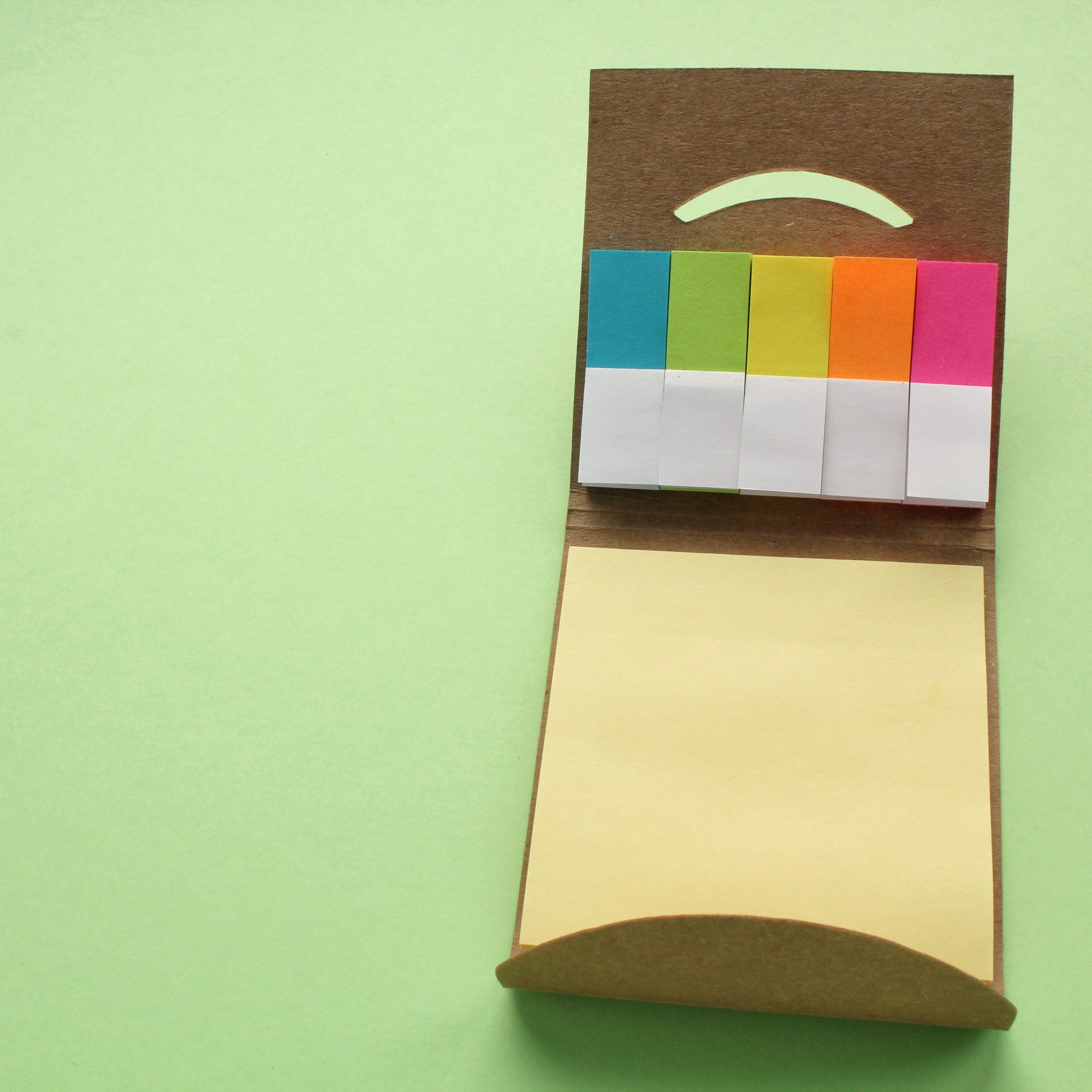Imagine, for a moment, being a part of a world devoid of color. Would a rose be as captivating if it were not for its vivacious red hue? Would the ocean still evoke a sense of serenity without its soothing shade of blue? Well, I dare say, it’s a bit hard to fathom, isn’t it? That’s because color, in all its splendid variance, plays an integral part in how we perceive and interact with the world around us. It holds true in the realm of photography too. In fact, it has such a profound impact, that it can make or break a photograph.
Did you know that photographers, like painters, often utilize color theory to bring their images to life? Astonishing, isn’t it? Yes, the world of photography isn’t all about just clicking a button, there’s a whole lot that goes into creating a masterpiece.
Harmonizing Hues: The Role of Color Theory in Photography
The rules of color theory have been employed by artists for centuries to create visually appealing and impactful work. And it’s not any different for photographers. Just like applying the ‘rules of thirds’ to achieve a balanced composition, understanding color theory can help you instill a sense of harmony and emphasis in your photographs.
Let me share a brief anecdote. Once upon a time, I captured a beautiful sunset. The image was well composed, but something was missing. It was only when I adjusted the orange and cyan hues to achieve a contrasting color palette, that the photo truly came alive. And that’s the magic of color theory in photography!
The Science of Color: Basic Color Theory
At its core, color theory is about how colors interact with each other and how they affect human perception. To grasp this concept, let’s start with the basics: primary, secondary, and tertiary colors. Primary colors – red, blue, and yellow – cannot be created through the combination of other colors. Blend two primary colors, and voila! You have secondary colors. Mix a primary with a secondary, and you get the diverse range of tertiary colors. Simple, isn’t it?
Color Relationships
Our perception of colors changes based on their interaction with other colors. Ever noticed how a red apple stands out against a green background? That’s because red and green are complementary colors, meaning they’re opposite each other on the color wheel. Working with complementary colors is a great way to create contrast and draw attention to your subject.
‘So’, you ask, ‘how does this tie into photography?’ Good question! Just like a painter chooses a color palette to create a certain mood, a photographer can use color relationships to evoke specific emotions and guide the viewer’s eye. Remember, color is an incredibly powerful tool in the hands of a skilled photographer.
Applying Color Theory in Photography
So how exactly do you apply color theory in your photography? Here are a few tips:
- Use complementary colors: As mentioned earlier, complementary colors create contrast. Use this to your advantage to make your subject pop.
- Experiment with analogous colors: Analogous colors are next to each other on the color wheel. Utilizing them creates a harmonious and serene feel to your photos.
- Understand the color mood: Different colors invoke different feelings. For instance, blues are often associated with tranquility, while reds can convey passion.
By understanding and applying these principles, you can drastically improve the impact of your photographs. The key is to experiment and see what works best for you and your style of photography.
Color Your World
Remember, photography is as much an art as it is a science. Play with colors, break the rules, create your own. After all, it’s your world to color. Ready to pick up your camera and paint with light? I assure you, once you start seeing and using color with intention, your photography will never be the same again.


0 Comment